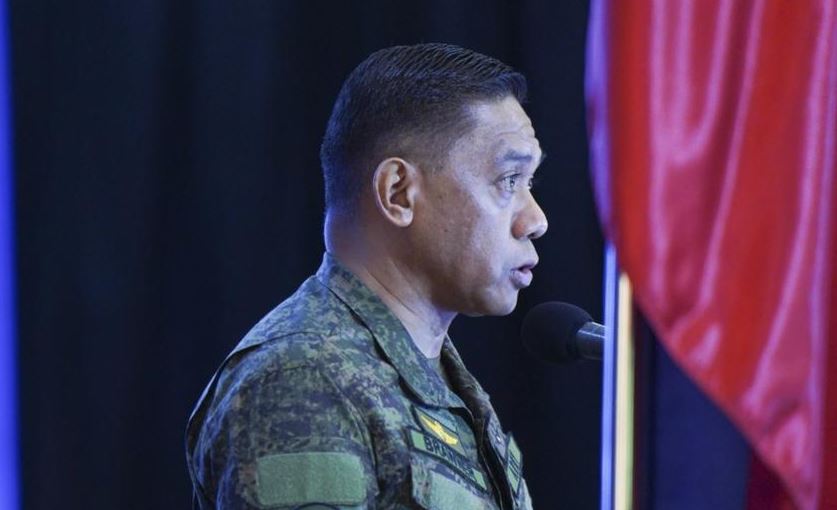By AFP
In the pursuit of fortified strategic alliances, the Philippines sets its sights on cementing a pivotal defense accord with Japan, a beacon of stability in East Asia. This diplomatic overture, aimed at bolstering mutual security measures, comes against the backdrop of escalating regional tensions catalyzed by an assertive China.
Hopeful Diplomatic Endeavor
Philippine military chief, General Romeo Brawner Jr., expressed optimism on July 4th that an imminent defense pact with Japan would be formalized during upcoming security deliberations in Manila. The envisaged Reciprocal Access Agreement (RAA) is poised to inaugurate a new era of bilateral cooperation, facilitating joint military exercises and troop deployments between the two nations.
Negotiating Sovereign Synergies
Initiated in November, negotiations for the RAA underscore the strategic imperative for both nations to engender a robust legal framework. This framework would afford reciprocal access to each other’s territories, enabling seamless military collaboration and operational synergy.
Global Precedents and Aspirations
Japan, a pivotal historical ally, mirrors its commitments with analogous agreements with Britain and Australia, exemplifying its steadfast dedication to regional stability. Concurrently, the Philippines fortifies its defense posture with existing compacts alongside stalwart partners like the United States and Australia, with forthcoming aspirations for a comparable treaty with France.
Historical Context and Strategic Overlays
Forging past shadows of World War II, Japan’s role extends beyond military provisions, encompassing substantial developmental aid and critical security infrastructure support. A testament to this partnership, the Philippines recently inked a monumental agreement to acquire five 97-meter coast guard patrol vessels from Japan, valued at over $400 million.
Tripartite Strategic Convergence
The trilateral summit held in Washington earlier in April, uniting leaders from Japan, the Philippines, and the United States, signified a concerted effort to fortify regional defenses. This alliance was punctuated by joint military exercises involving Australia in the South China Sea, a geostrategic theater acutely contested by Beijing.
Geostrategic Rivalry and Maritime Disputes
At the heart of regional contention lies Beijing’s expansive claims over the South China Sea, disregarding international legal norms and embroiling Southeast Asian nations, including the Philippines, in protracted disputes. Heightened tensions recently erupted when Chinese coast guard units aggressively intercepted Philippine naval vessels at Second Thomas Shoal, underscoring Beijing’s assertive maritime policies.
Navigating Diplomatic Waters
Following this incendiary incident, Philippine President Ferdinand Marcos issued directives to de-escalate tensions with China, while reaffirming steadfast Philippine sovereignty at Second Thomas Shoal. General Brawner affirmed the military’s commitment to sustain operations at the disputed shoal, emphasizing Manila’s resolve against any encroachments on its territorial integrity.
Conclusion
As Manila steadfastly asserts its territorial claims amidst regional turbulence, the envisioned defense pact with Japan emerges as a linchpin in its strategic calculus. Anchored in shared security imperatives and historical alignments, this initiative underscores Manila’s resolute stance in safeguarding its national interests amidst geopolitical flux.
Summary Table
| Key Points |
|---|
| Philippines-Japan defense pact negotiations |
| Historical context of Japan-Philippines ties |
| Strategic implications of the RAA |
| Regional tensions and maritime disputes |
| China’s assertive policies in the South China Sea |
Soumya Smruti Sahoo is a seasoned journalist with extensive experience in both international and Indian news writing. With a sharp analytical mind and a dedication to uncovering the truth, Soumya has built a reputation for delivering in-depth, well-researched articles that provide readers with a clear understanding of complex global and domestic issues. Her work reflects a deep commitment to journalistic integrity, making her a trusted source for accurate and insightful news coverage.



